The stray dogs of CHILE
If you visit Chile we cannot fail to notice a unique feature compared to the rest of the world. From Santiago de Chile to Punta Arenas in the far south of the country, near Tierra del Fuego, groups of stray dogs roam free in the cities, colonizing squares and parks, having fun running after cars, barking. While in a country like Italy (my country) they constitute or are felt a threat, and therefore live far from inhabited centers, in isolated places, in the woods, always in search of scarce food, their companions in Chile they are accepted and respected like the sacred cows in India. The inhabitants of Chile respect them, they refresh them, they are patient for their exuberance. And stray dogs reciprocate with their peaceful, meek, and cheerful disposition. In short, they are an institution. Those accustomed to wild strays find it hard to consider them harmless, also for their size, which is remarkable. A tourist, like me Italian, had to make some effort to overcome the profound distrust towards these herds of free animals. The question of where such a Chilean habit originates from is left unanswered. I inserted a video where I filmed a pack of dogs that in the beach of Punta Arenas, surround us in a friendly way.
A film shot in Punta Arenas in Chile’s southern Patagonia
A group of large stray dogs fraternize with us at Punta Arenas beach. They are festive and friendly. The background noise you hear is the strong whistling wind, almost always in these parts
Another group of dogs stop in front of a rotisserie waiting for lunch.
Punta Arenas
Punta Arenas is the southernmost inhabited center of Chile and is located at the southern end of the American continent: after that there is Tierra del Fuego. A small town overlooking the Strait of Magellan, with many colorful houses with sloping roofs, where people are extremely friendly and sociable. From here, the most popular excursion is the one to the Los Pinguinos Natural Monument on Magdalena Island, in the Strait of Magellan: with a daily boat excursion, you can see a colony of 60,000 pairs of Magellanic penguins.
Article and video of the excursion to the penguin colony on Magdalena Island
https://www.robertopoetichimica.it/en/magellanic-penguins-of-magdalena-island/



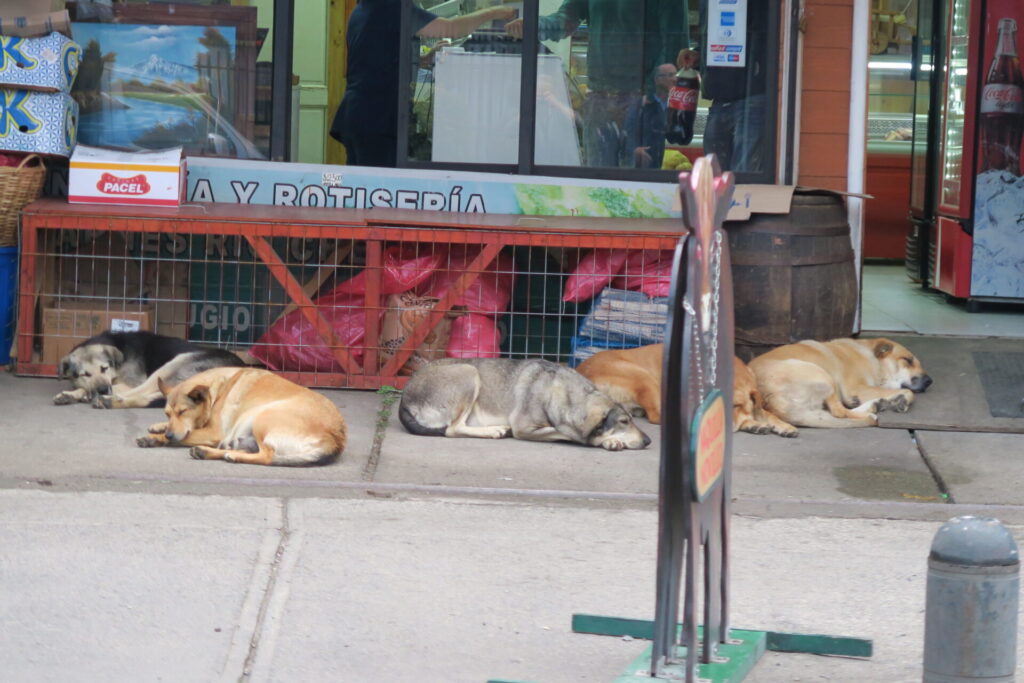
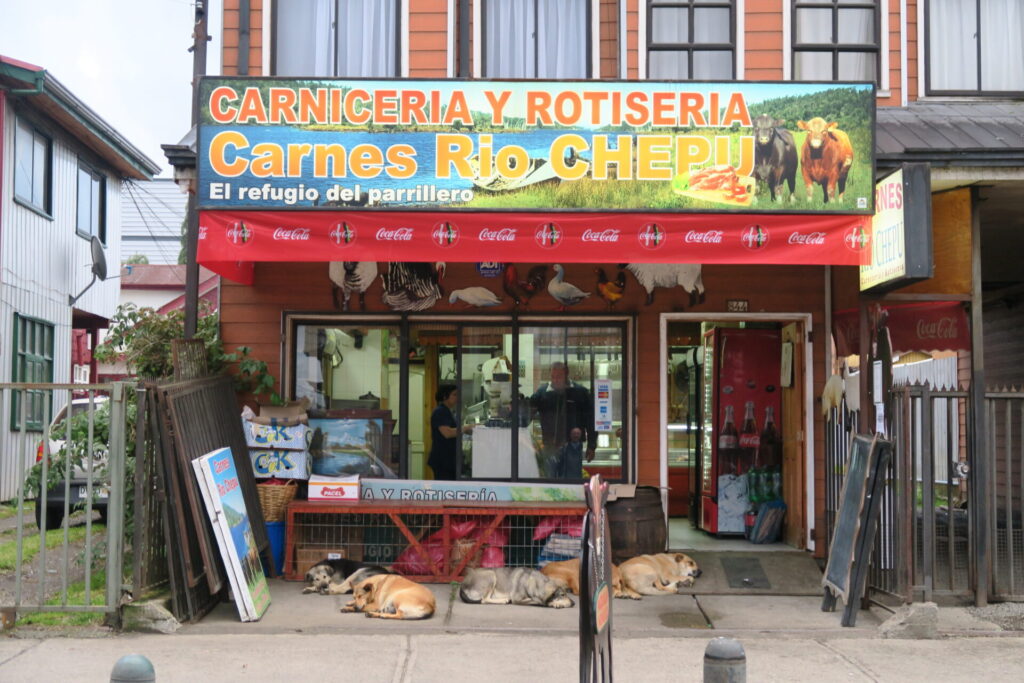
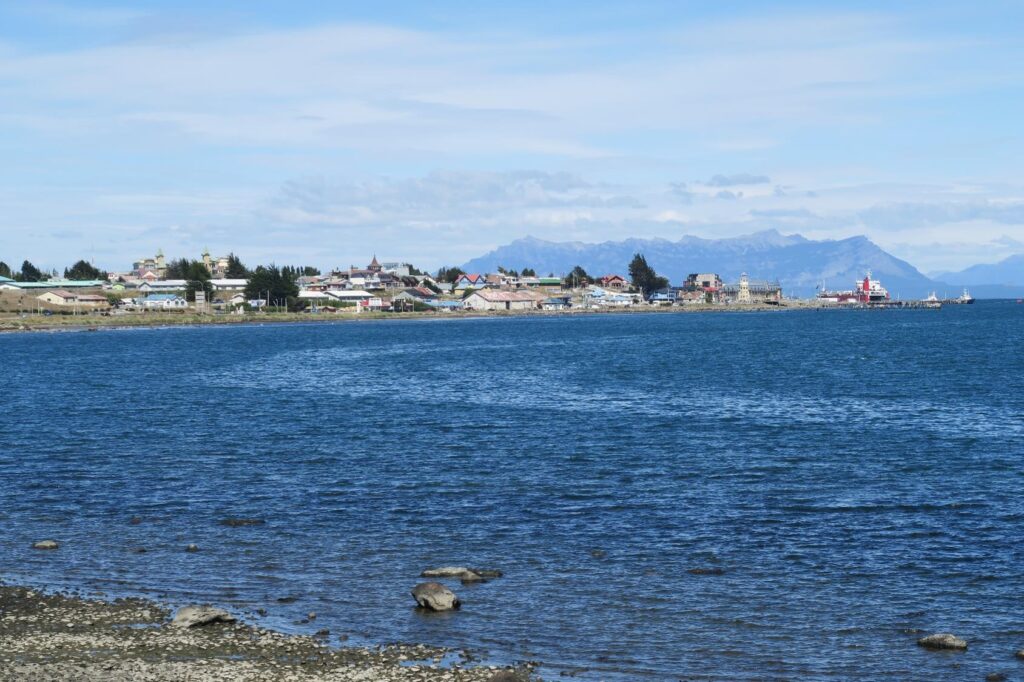
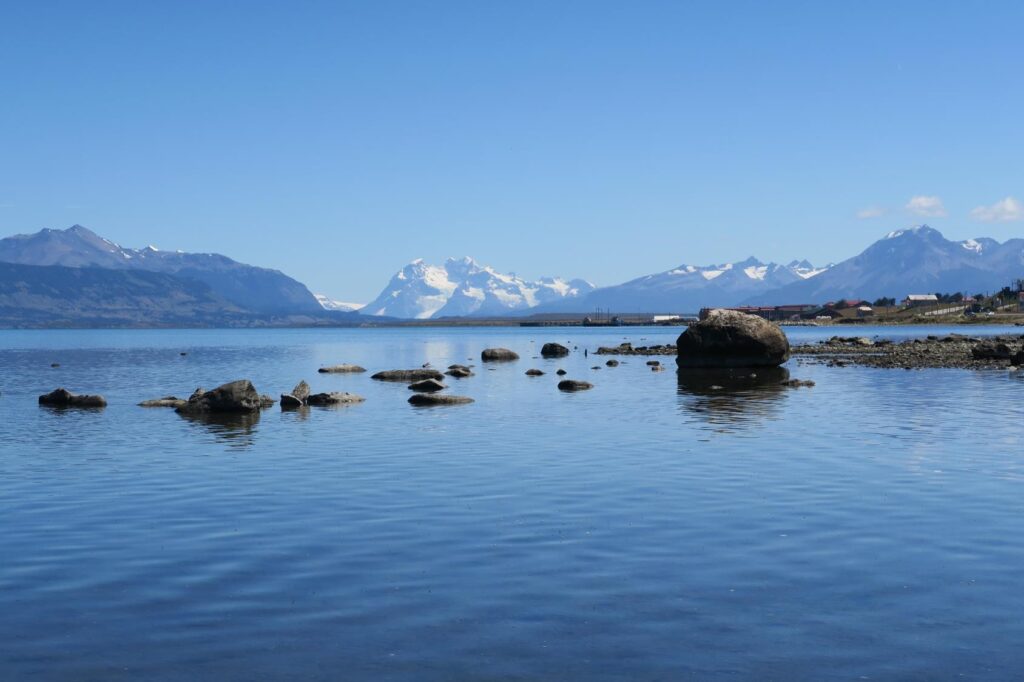
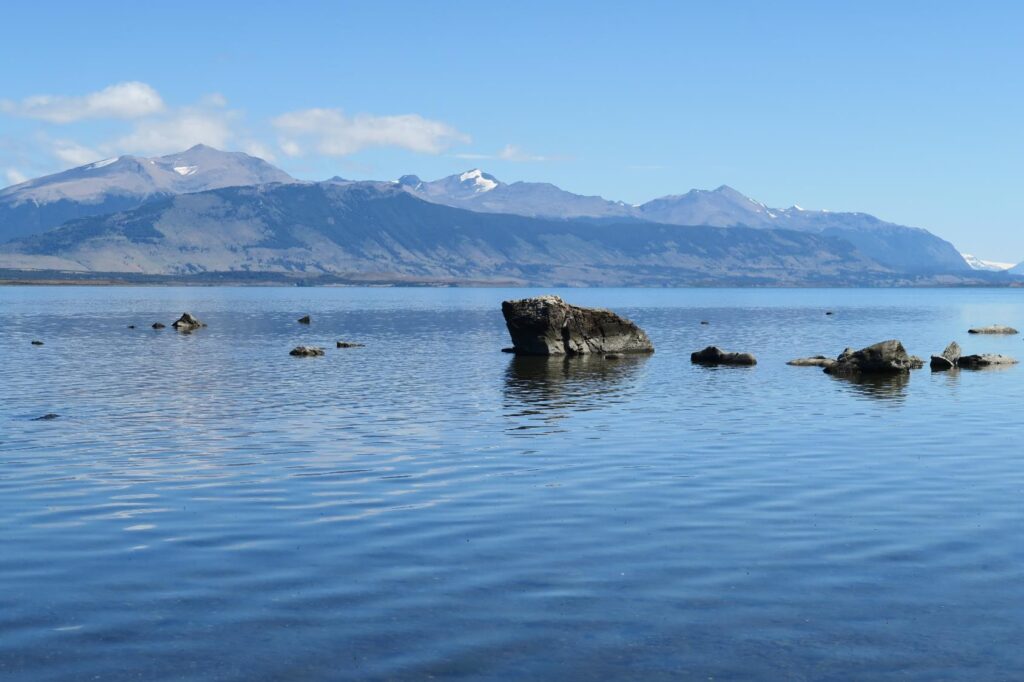
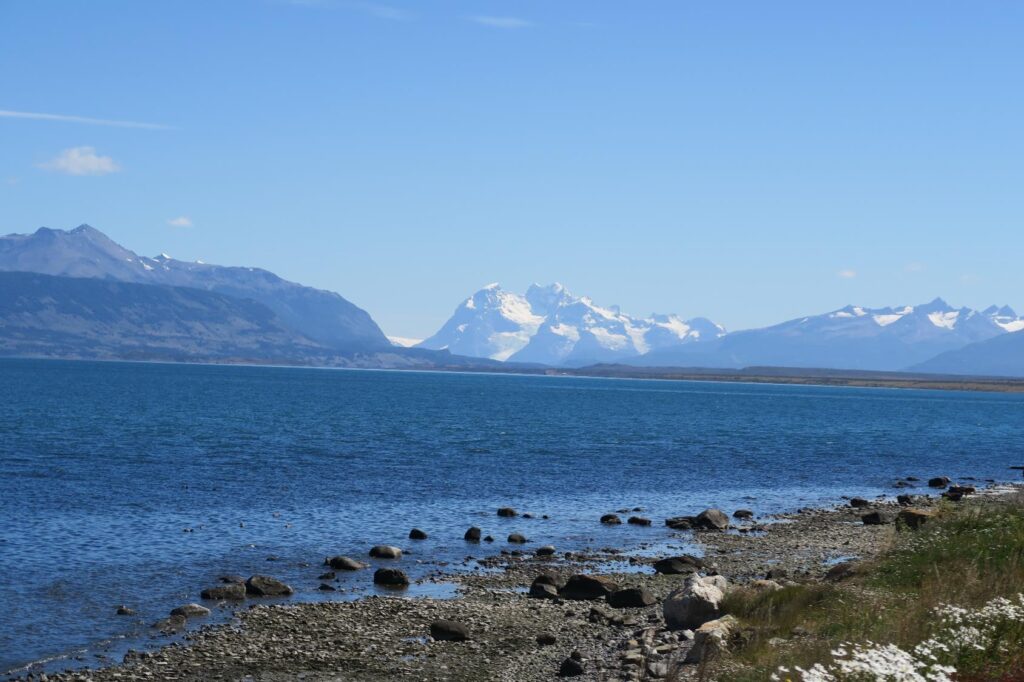

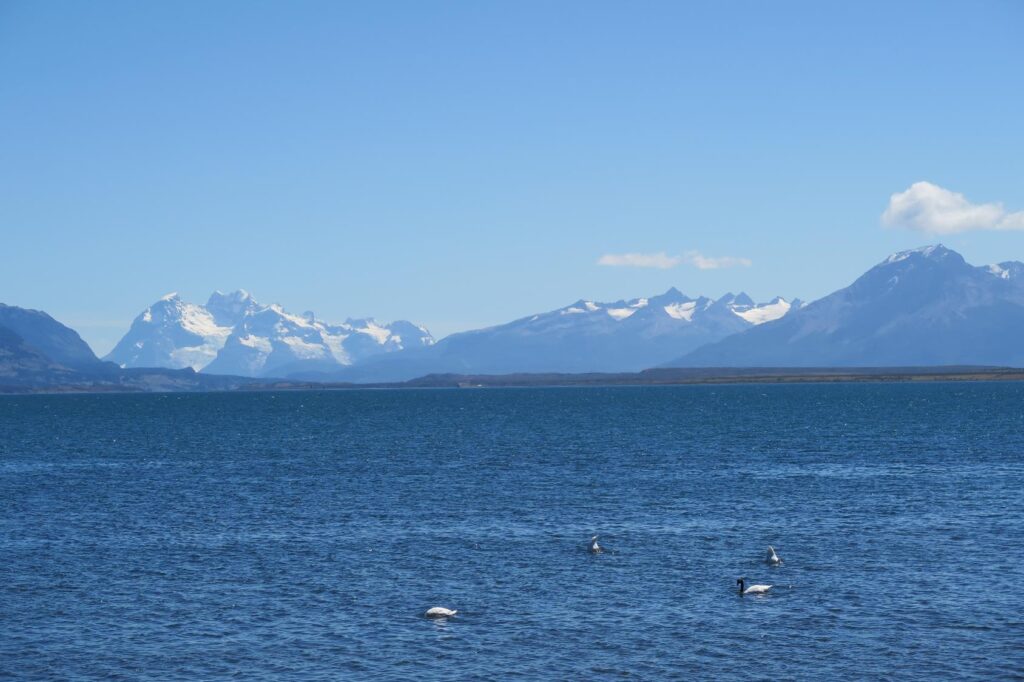
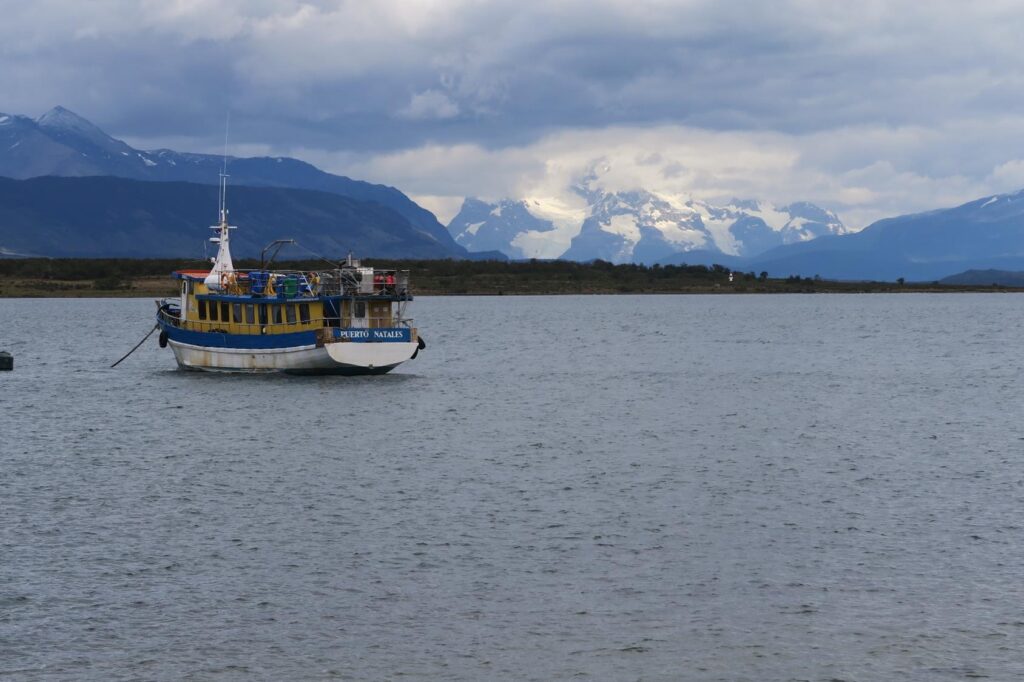

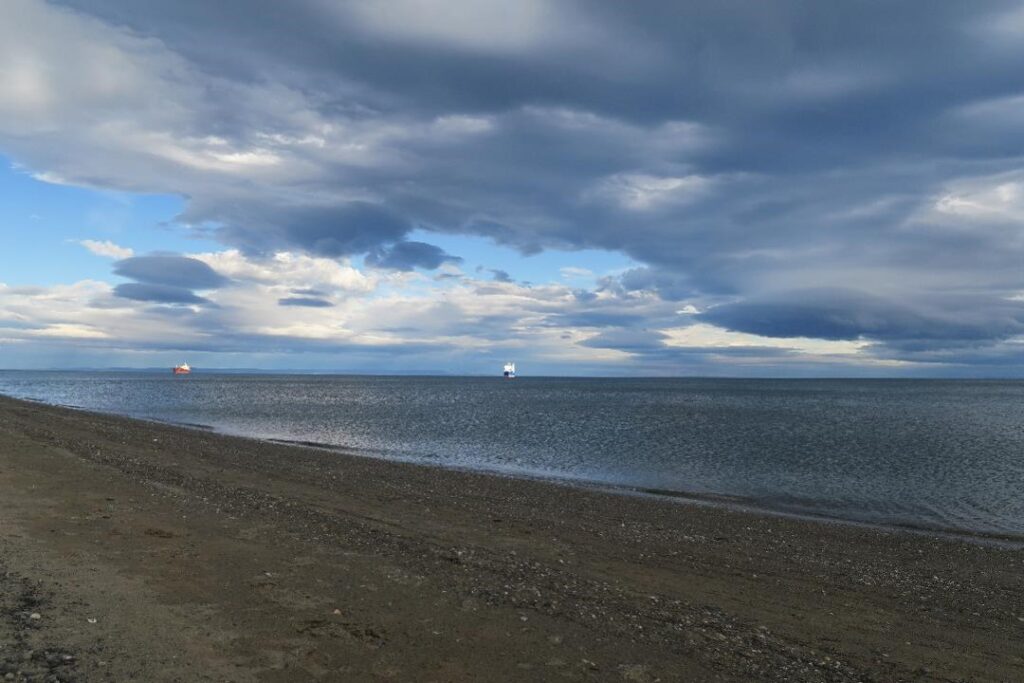
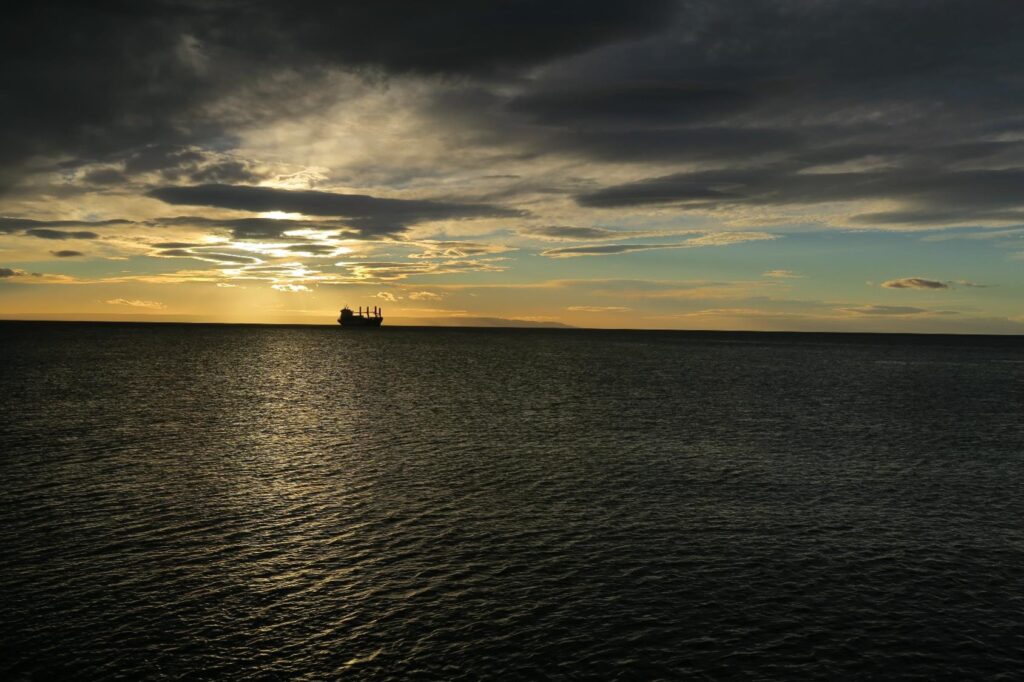
3 commenti
Thank you for your article on Couper – I thought he was one of the 2 who figured out the benzene ring – I thought one of my chem profs said Couper was coming home on the streetcar and the atoms bounced around in his mind and formed a ring. Your article is the most complete I’ve found in the last few minutes. I got to Couper from this article about a woman whose work seems like it should be better known, wondering about its title, given that Couper and Kekule had already ‘solved’ benzene: “Meet Kathleen Lonsdale, the physicist and prison reformer who cracked benzene’s code” https://massivesci.com/articles/kathleen-lonsdale-benzene-xray-crystallography/ from the NPR SciComm Slack channel.
I probably saw a few of Chile’s stray dogs when I was there. My daughter adopted a stray from Tijuana at an event in San Francisco CA, and he’s the most amazingly loving dog. He looks like all the stray dogs I’ve seen in developing countries. He has a thick pad of fur on his butt – from not evolving in a life on floors? Genetically, he’s an ur-dog: 50% divided among 5 current breeds and 50% that’s just various dog characteristics. Thank you again
Thanks to you for the positive comment on my article. When I went to visit the Science Museum in Munich (Germany) I was able to see Bragg’s X-ray analyzer, which Kathleen Lonsdale also used. It was exciting. I also thank you for the link on Kathleen’s life.
I saw your blog. It’s very interesting ! Congratulations!